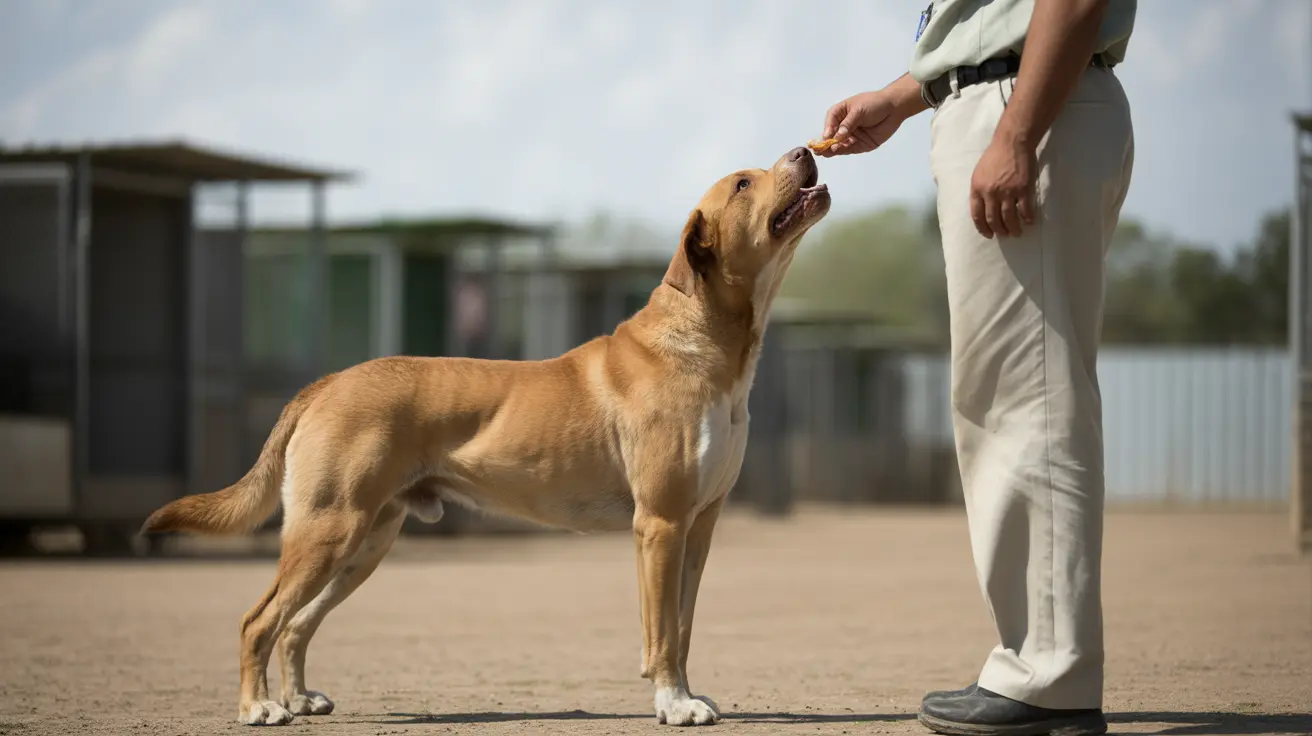When your furry friend develops skin problems, choosing the right antifungal dog shampoo can make all the difference in their recovery and comfort. These specialized medicated shampoos are specifically formulated to combat fungal infections while providing relief from uncomfortable symptoms like itching and inflammation.
In this comprehensive guide, we'll explore everything you need to know about antifungal dog shampoos, from their active ingredients to proper usage techniques, helping you make an informed decision for your pet's skin health.
Understanding Antifungal Dog Shampoo
Antifungal dog shampoo is a medicated product specifically designed to treat and prevent fungal skin infections in dogs. These specialized formulations contain active ingredients that target various fungal species while often providing additional benefits such as moisturizing and soothing irritated skin.
Unlike regular dog shampoos, these medicated versions are formulated with pharmaceutical-grade ingredients that actively combat conditions like ringworm, yeast dermatitis, and other fungal infections that can affect your dog's skin and coat.
Key Active Ingredients
The effectiveness of antifungal dog shampoos relies heavily on their active ingredients. Here are the most common and effective components:
Ketoconazole
This powerful antifungal agent works by disrupting the fungal cell membrane, effectively eliminating various types of fungi. It's particularly effective against ringworm and other common fungal infections.
Miconazole
Especially effective against yeast infections, miconazole is often combined with other ingredients for comprehensive treatment of fungal skin conditions.
Chlorhexidine
This dual-action ingredient provides both antifungal and antibacterial properties, making it particularly valuable for preventing secondary infections.
Proper Application and Usage
To maximize the effectiveness of antifungal dog shampoo, proper application is crucial:
- Wet your dog's coat thoroughly
- Apply shampoo and work into a rich lather
- Leave on for 5-10 minutes (follow product instructions)
- Rinse completely until water runs clear
- Repeat 2-3 times weekly or as directed by your veterinarian
Benefits and Advantages
Using the right antifungal dog shampoo offers numerous benefits:
- Eliminates existing fungal infections
- Prevents future outbreaks
- Reduces itching and inflammation
- Promotes healthy skin barrier function
- Improves coat condition
- Controls associated odors
When to Seek Professional Help
While antifungal dog shampoos are effective for many skin conditions, some situations require veterinary attention:
- Symptoms persist after 2-3 weeks of treatment
- Skin becomes increasingly red or irritated
- Your dog develops new symptoms
- The infection spreads or worsens
- Your dog shows signs of discomfort or pain
Frequently Asked Questions
What active ingredients should I look for in an antifungal dog shampoo to effectively treat fungal infections?
Look for proven antifungal ingredients like ketoconazole, miconazole, and chlorhexidine. These ingredients have demonstrated effectiveness against common fungal infections in dogs.
How often and how long should I leave antifungal shampoo on my dog's skin for maximum effectiveness?
Most antifungal shampoos should be left on for 5-10 minutes before rinsing. Use 2-3 times per week during active infections, or as directed by your veterinarian.
Can antifungal dog shampoos also help prevent bacterial skin infections in dogs?
Yes, many antifungal shampoos contain ingredients like chlorhexidine that provide both antifungal and antibacterial protection, helping prevent secondary bacterial infections.
Is antifungal dog shampoo safe for puppies, and are there any precautions I should take?
Most antifungal shampoos are safe for puppies 12 weeks and older, but always check the label. Use extra care around eyes and mouth, and ensure thorough rinsing.
What are the signs that my dog's fungal skin infection needs veterinary care beyond shampoo treatment?
Seek veterinary care if symptoms persist or worsen after 2-3 weeks of treatment, if new symptoms develop, or if your dog shows signs of significant discomfort or pain.






